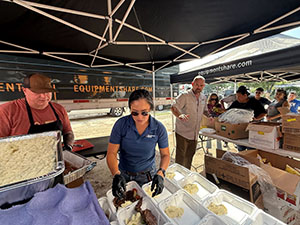Articles

Featured Article
For Veterans Like Hendrickson, EquipmentShare is a Welcoming Home
About Us
November 10, 2025
Read more
Articles by Topic
Thank you! Your submission has been received!
Oops! Something went wrong while submitting the form.


Can We Help?
Chat with our friendly experts




.svg)
.svg)












